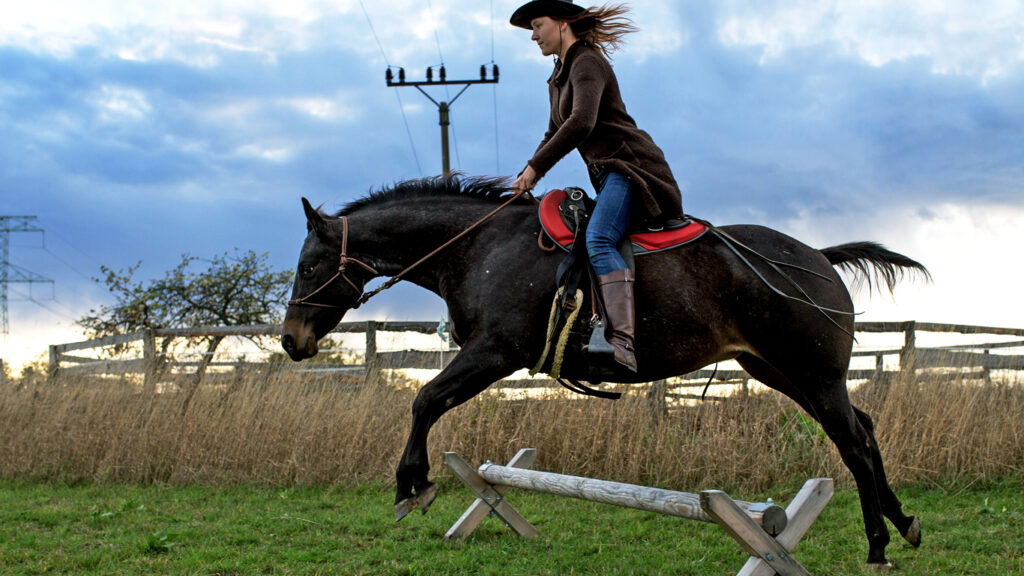This website is an English equivalent of Czech educational website www.srovnejkopyta.cz which was created for the purpose of collecting evidence and the possibility of comparing the results of different methods of hoof trimming over a longer period of time. A closer examination shows that the horse’s hoof is a part of the horse’s body with great plasticity. It is able to change (shape or deform) in various ways during the horse’s life, which affects the quality of its movement and overall health. In addition to the diet and the environment in which the horse lives, whether the hoof will be healthy or sick can be significantly influenced by a specific method of trimming (ideally, all three areas should be balanced and complement each other).
Farriery and pasture trim has a rich history in the Czech Republic and is generally accepted as a traditional method. At the same time, in recent years, new knowledge has come from abroad about other methods of trimming and protection of horse hooves, which, in many cases, seem to be more suitable, as they allow the hooves to remain in a physiological state or to return to it (barefoot trim based on the model of wild horses hooves, hoof boots , polyurethane horseshoes, horseshoes with pads that support the coffin bone and allow even a shod horse to stimulate the sole and the frog, etc.).
Some of these methods confirm the validity of certain principles that seem to be common to most hooves of different breeds of horses. In many situations, they have proven to be able to correct even very deformed and diseased hooves, including laminitic hooves, even without the help of horseshoes. We can see from sufficient number of case studies that long-term and incorrect shoeing (or incorrect farrier grazing trim) can directly cause most unwanted deformations. With proper barefoot care or following certain principles of shoeing, the hoof returns to its physiological state, becomes stronger and able to move even on stony and hard surfaces, without serious consequences later. It is therefore worth examining these new perspectives about horse hooves, to see to what extent they are applicable in practice and possibly to re-evaluate traditional trends.
The accumulated evidence should serve horse owners well in making decisions and choosing the appropriate method (functional principles) of hoof trimming.
It should be noted that understanding the principles of functioning of healthy hooves and their adjustments requires a certain amount of time of studying. For this purpose, the section Resources inludes useful links, publications and photographs.
It is very likely that there may be several functional methods of treatment and protection of the horse’s hooves, depending on the use of the horse, and it is important to monitor the results of these methods in the long term, compare them and further improve them if they ask for it, for the benefit of the horses.
Šárka Prokůpková
